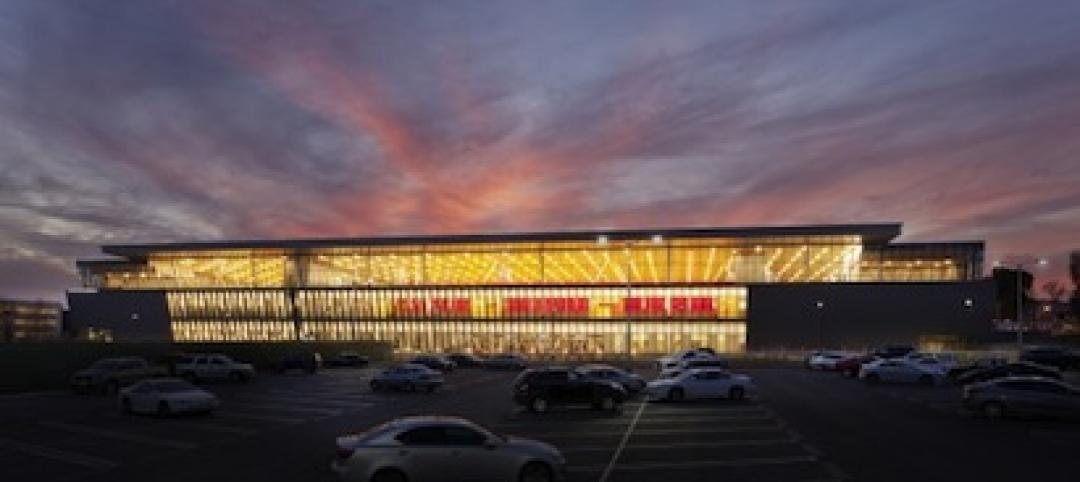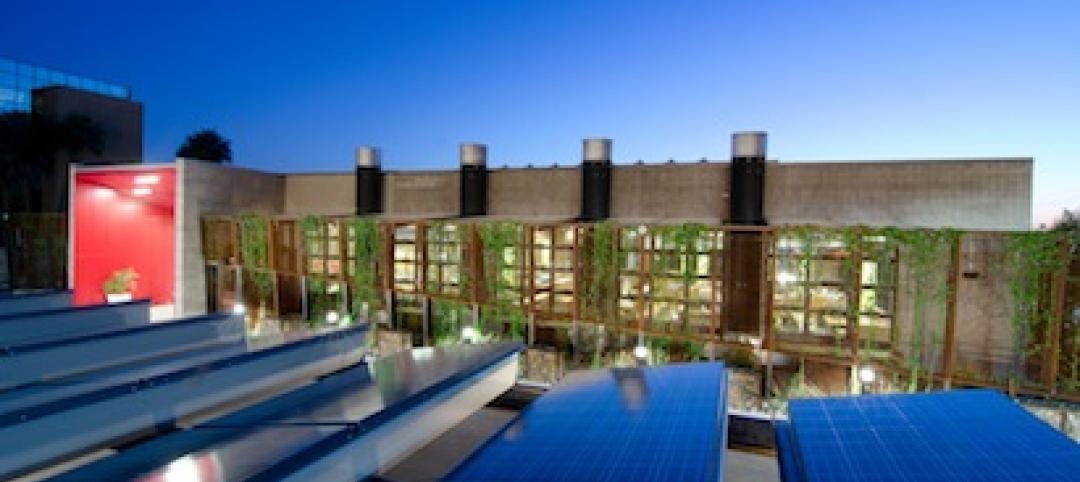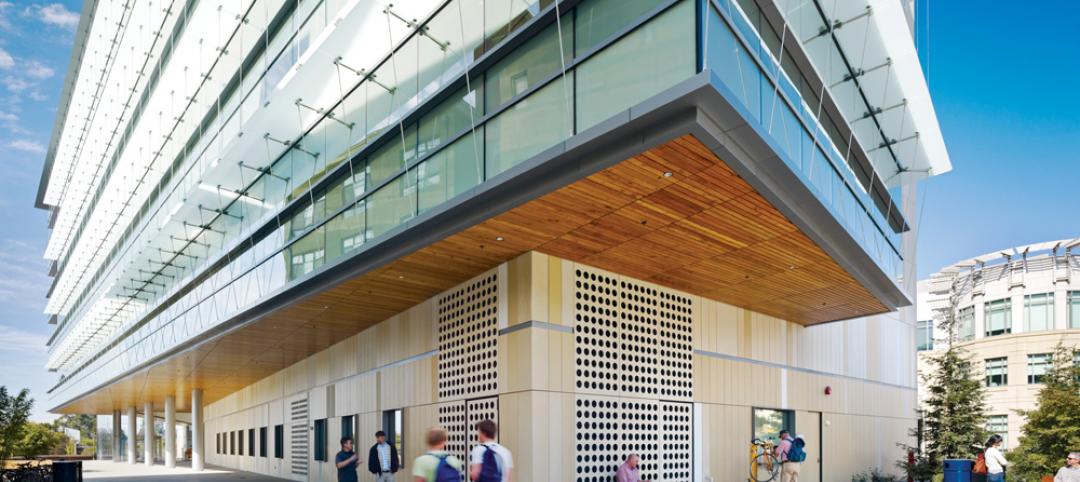Federal and local officials wielded shovels recently to signal the start of construction of a new National Institutes of Health-leased facility in the emerging, transit-friendly Twinbrook neighborhood of Montgomery County, Md.
James G. Davis Construction Corporation (DAVIS) and the JBG Companies are building a new home for 2,000 employees of the NIH’s National Institute of Allergy and Infectious Diseases (NIAID).
The new building, designed by Washington architect HOK, will be located at 5601 Fishers Lane in Twinbrook and will complement existing bioscience facilities nearby, which includes NIAID’s 150,000 square feet of laboratories already in the neighborhood.
The new offices will total 490,998 square feet in a 10-story building with two wings of 25,000 square feet each. The installation will feature an atrium entry lobby, a precast and glass exterior and will be certified LEED Silver. There is also a 5-story, concrete parking garage located adjacent to the building. NIAID signed a 15-year lease for its new quarters, which are expected to be completed in 2014.
In conjunction with this development, a new hiker/biker path will be constructed, which will connect the Twinbrook Metro Station to the wide network of trails in Rock Creek Park and beyond. BD+C
Related Stories
| Aug 20, 2013
40 Under 40 retrospective: ‘U40s’ take on continuing ed, snake’s blood
Every month we’ll be touching base with past 40 Under 40 honorees to see what’s been happening in their professional and personal lives since winning the award. This month: An accomplished author of test-prep books and an architect who headed to China when the American economy turned sour.
| Aug 20, 2013
Top Data Center Architecture Firms [2013 Giants 300 Report]
Corgan, Gensler, HDR head Building Design+Construction's 2013 ranking of the largest data center architecture and architecture/engineering firms in the U.S.
| Aug 20, 2013
First look: $550 million Billie Jean King National Tennis Center renovation
The United States Tennis Association has announced its plans for a sweeping transformation of the USTABillie Jean King National Tennis Center that will include the construction of two new stadiums, as well as a retractable roof over Arthur Ashe Stadium. The transformation will be implemented in three phases to begin at the conclusion of the 2013 US Open, with the goal of overall completion by the 2018 US Open.
| Aug 15, 2013
Design-build project delivery holds steady at nearly 40% of nonresidential construction: DBIA study
The Design-Build Institute of America (DBIA), the only organization that defines, teaches and promotes best practices in design-build, has released research indicating that design-build project delivery represents nearly 40 percent of total market share in the United States, based on dollar value at the end of 2012.
| Aug 14, 2013
Five projects receive 2013 Educational Facility Design Excellence Award
The American Institute of Architects (AIA) Committee on Architecture for Education (CAE) has selected five educational and cultural facilities for this year’s CAE Educational Facility Design Awards.
| Aug 14, 2013
Sluggish gains in architect compensation due to weakness in construction sector: AIA survey
U.S. architecture firms have experienced modest improvements in business conditions over the last two years that has resulted in very small gains in compensation levels for staffs.
| Aug 14, 2013
Green Building Report [2013 Giants 300 Report]
Building Design+Construction's rankings of the nation's largest green design and construction firms.
| Aug 13, 2013
DPR's Phoenix office, designed by SmithGroupJJR, affirmed as world's largest ILFI-certified net-zero facility
The new Phoenix Regional Office of DPR Construction, designed by SmithGroupJJR, has been officially certified as a Net Zero Energy Building by the International Living Future Institute (ILFI). It’s the largest building in the world to achieve Net Zero Energy Building Certification through the Institute to date.
| Aug 8, 2013
Energy research animates science sector [2013 Giants 300 Report]
After an era of biology-oriented spending—largely driven by Big Pharma and government concerns about bioterrorism—climate change is reshaping priorities in science and technology construction.
















